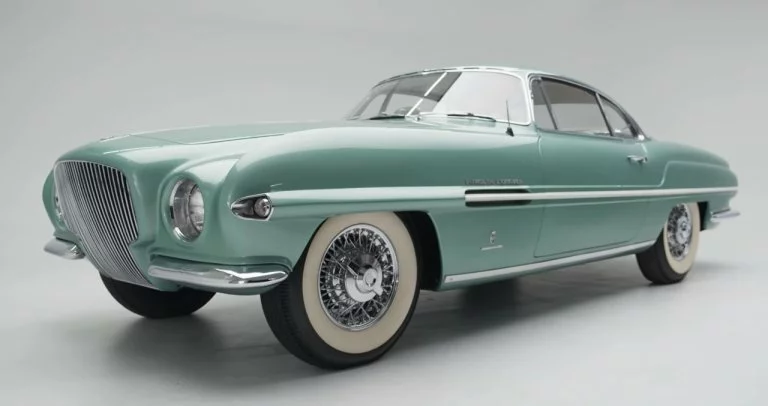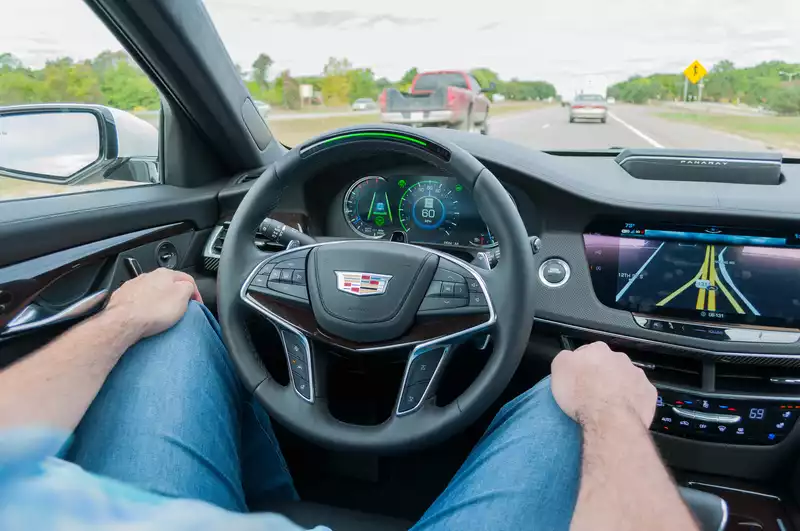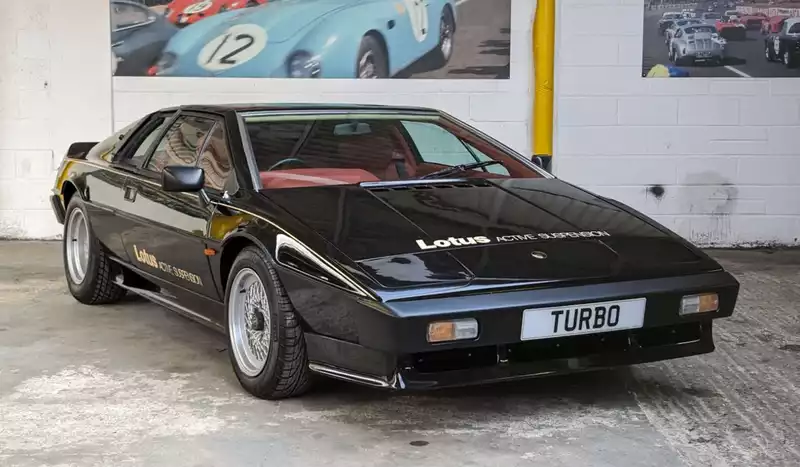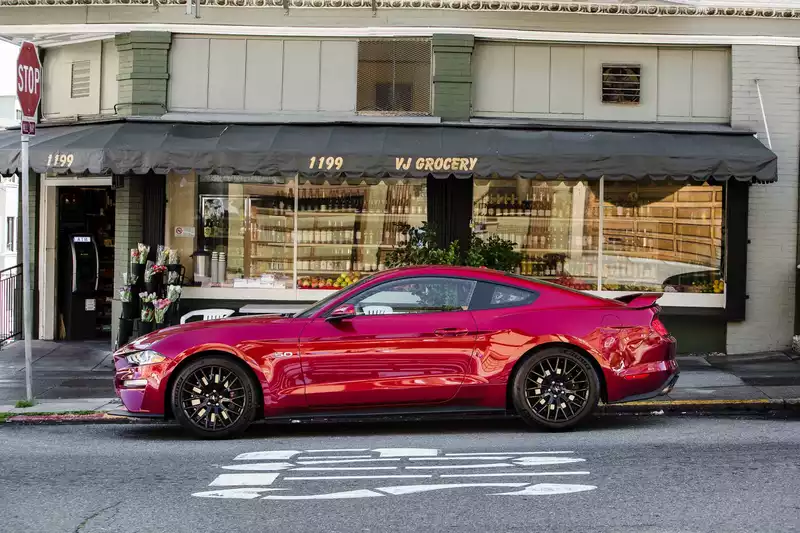The 1954 Explorer dream car is the rarest Plymouth in the world.

The Petersen Automotive Museum in Los Angeles, California, houses rare classic and collector cars from around the world. The museum provides frequent close-ups of one of the cars on display in the Vault, a space within the museum provided by Haggerty that houses more than 250 iconic and rare cars.
In a recent video by Petersen, museum curator Leslie Kendall introduces the rarest Plymouth in the world, a one-off 1954 Plymouth Explorer Dream Car.
In the 1950s, concept cars were called dream cars. Designers at the time were encouraged to dream and think outside the box in order to create unique cars, and this Plymouth Explorer is a good example of a dream car.
"This was an out-of-the-box car for the mid-1950s. It was a Plymouth, renowned for its solid reliability and simplicity of machinery, but it wore the sexiest body in Plymouth history."
The bodywork for the Plymouth was done by Carrozzeria Ghia of Turin, Italy, in collaboration with Chrysler stylists. The Italian influence can be seen in the deeply set headlights, the crown-like fenders that run along the length of the front of the car, and the very large and unusual grille.
However, as Kendall notes, the car did not live a glamorous life.
"It sometimes left the hands of its influential first owner, or where the factory spent a lot of money to have it built, it became an everyday driver."
The Plymouth had been painted many times in its history and was metallic brown when it was discovered. It also had, according to Kendall, a full-length front bumper and a grille with a full metal surround that looked like a 1980s Jaguar.
During the restoration of the car, the bumper and grille were removed and returned to their original green color.
Under the hood is a "plain Jane" 230cid six-cylinder flathead engine with a factory rating of 103 hp.
"It's not very sexy under the hood, but that's not what these cars were about," Kendall said. These cars were meant to spark dreams and get the public interested in what the automakers were doing."
An interesting feature, Kendall adds, is that the two exhaust pipes embedded under the taillights appear as if they provide "a kind of thrust for the car."
What is interesting is that only one of the exhaust pipes is functioning. Only the left pipe is visible with exhaust coming out of it.
"Trying to make this body on an assembly line would be very difficult. There are so many things that can't be replicated by a machine, and this car embodies that," Kendall concludes the video.
"Its organic form could only have been made by hand in a small store."
Written by Racheal Colbert, this article originally appeared on ClassicCars.com, an editorial partner of Motor Authority.





